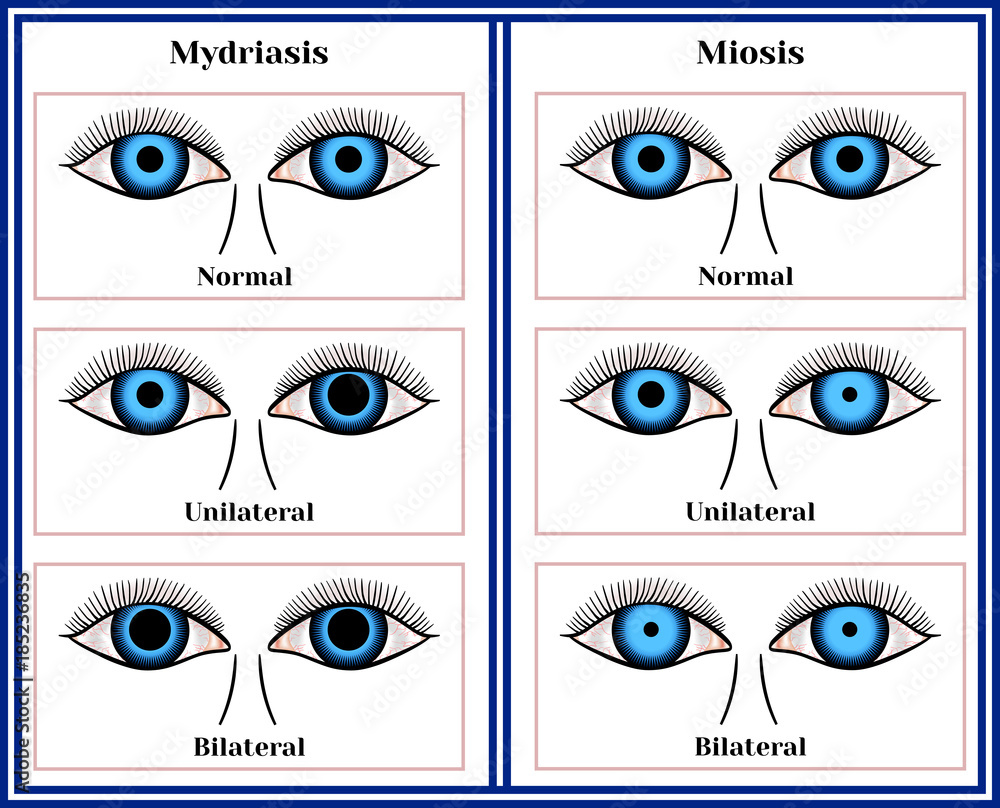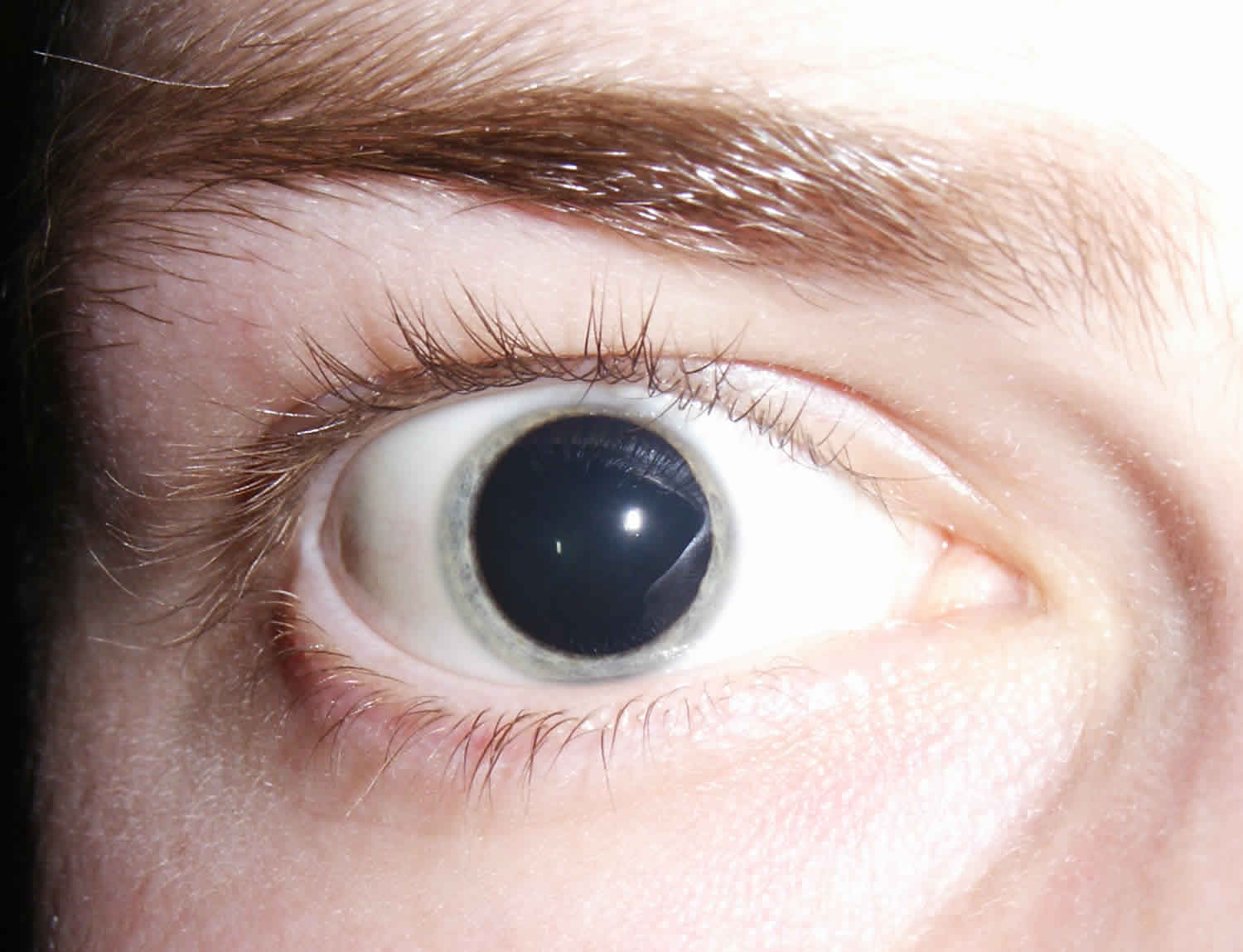Unlocking Your DRI Badge & Pupil Dilations: What You Need To Know
Are you prepared to elevate your professional standing in today's dynamic landscape? Unlocking your DRI digital badge and showcasing your DRI certification is a powerful way to enhance your online professional profile, opening doors to new opportunities and solidifying your expertise.
The journey towards professional excellence often demands continuous commitment and a dedication to staying at the forefront of your field. Maintaining your DRI International certification is a testament to this commitment, requiring adherence to specific requirements designed to ensure ongoing competence and relevance. These requirements, though straightforward, are critical in upholding the integrity and value of your certification.
The ongoing maintenance of your DRI International certification hinges on two fundamental pillars: an annual maintenance fee and the accumulation of Continuing Education Activity Points (CEAP). The annual fee contributes to the operational costs of maintaining the certification program, ensuring its continued value and recognition within the industry. CEAPs, on the other hand, are earned through participation in approved professional development activities, such as attending conferences, completing relevant courses, or contributing to industry publications. This dual-pronged approach ensures that certified professionals not only maintain their credentials but also actively engage in lifelong learning, staying abreast of the latest developments and best practices in their respective fields.
In an era defined by digital transformation, accessibility, security, and reliability are no longer luxuries but necessities. Solutions that embody these principles are increasingly sought after, offering users a seamless and trustworthy experience. Open-source platforms often provide these advantages, empowering individuals and organizations to leverage technology with confidence.
For those affiliated with specific institutions, accessing essential resources and services often involves navigating through dedicated portals. Clicking on the appropriate link for your institution provides direct access to the relevant ERP (Enterprise Resource Planning) system, streamlining administrative tasks and facilitating efficient operations. This targeted approach ensures that users can quickly find the information and tools they need.
Medical advancements are constantly reshaping how we approach healthcare, and ophthalmology is no exception. Comprehensive systems like MyDrsI represent a structured approach to diagnosing and managing eye conditions. This system emphasizes a multi-faceted approach, with a structured system for evaluating and treating eye conditions. MyDrsI incorporates standardized diagnostic protocols, personalized treatment plans that consider individual patient needs, and advanced technological integration to facilitate accurate diagnosis and effective treatments. Meticulous monitoring of patient progress allows for real-time adjustments to treatment plans. The convergence of these elements contributes to a more patient-centric healthcare experience.
MyDrsI is designed to revolutionize digital health solutions, paving the way for a more personalized and accessible approach to healthcare. Its innovative features and commitment to user-centric design set it apart from existing solutions. By harnessing the power of technology, MyDrsI aims to empower both healthcare providers and patients, ultimately leading to improved health outcomes. With technology and the increasing need for accessible health services, MyDrsI stands out as a beacon of innovation, designed to meet the evolving needs of patients and providers alike.
For DRI members, a curated selection of materials is available as an added benefit, offering access to valuable industry insights and research. This informative collection is designed to enhance professional knowledge, fostering continuous learning and keeping members at the forefront of industry trends. Members can enjoy this collection of information and research, benefiting from valuable insights and staying current in the field.
In the world of business and project management, having a solid foundation is crucial for success. But what are the key components of your project program that give it strength? Does your program have a foundation that is stable and well-defined? The ability to withstand challenges is important.
Cybersecurity is a critical aspect of modern operations, with threats constantly evolving. Are you prepared for a cyber recovery scenario? The implementation of cyber recovery plans helps organizations mitigate risks and minimize downtime. Proper planning is key to effective resilience.
In instances where access to accounts is compromised, immediate action is essential. If multiple attempts to log in have failed, the most effective solution is to use the "forgotten password" link before the account is locked. Following the prompt is essential to regaining account access and preventing further complications.
In the realm of neurology, the observation of a fixed dilated pupil in an unconscious patient can be a critical indicator of underlying issues. Medical professionals are trained to consider the possibility of herniation due to an intracranial mass lesion as a potential cause, which can be life-threatening. This is not usually the case in an awake patient.
The delicate mechanisms that control our pupils can be significantly affected by external factors. Dilated pupils, or mydriasis, can result from a multitude of reasons, including reactions to light, medication or drug use, the use of eye drops during examinations, and underlying medical conditions. It's important to know that this is a common occurrence and doesn't always signify a serious problem.
The German term, "Als Mydriasis bezeichnet man die Weitstellung der Pupille ber einen Durchmesser von 5 mm hinaus," refers to the dilation of the pupil beyond a diameter of 5 mm. This condition contrasts with miosis, which is the contraction of the pupil.
Mydriasis, in medical terms, is defined as the dilation of the pupils that does not change in response to varying light levels. Several factors, including medications, recreational drugs, and injuries, can cause this. Its the opposite of pinpoint pupils, or miosis.
There are also natural causes of dilated pupils. Pupils dilate for many reasons, including to see better in low light, when the eye focuses on a distant object, and when dilating eye drops are used in eye health exams. Awareness of the causes of mydriasis can help in the diagnosis process.
In simple terms, a dilated pupil, or mydriasis, means the center, black part of the eye is bigger than usual. Depending on what is causing the dilation, it may be temporary, or a sign of a more serious issue.
As mentioned earlier, the presence of a fixed dilated pupil in an unconscious patient warrants immediate medical attention. In such cases, healthcare professionals must consider herniation due to an intracranial mass lesion as a primary concern. However, it is crucial to recognize that a fixed dilated pupil in an awake patient is not typically related to herniation.
Various ocular disorders can impair the pupil's ability to constrict, leading to persistent dilation. When the pupil becomes enlarged, the underlying cause can be very significant, including medical issues, medication, and injuries. The diagnostic process often seeks to identify the reasons for this.
Testing for pharmacologic mydriasis, induced by topical agents, is another important aspect of ophthalmological evaluations. How one should approach these tests varies depending on the specific situation, but the process generally involves an analysis of the patient's reaction. Understanding the process helps in the assessment.
Mydriasis, is a condition in which the pupils dilate abnormally and do not respond to changes in lighting. Identifying the cause of the dilation is a crucial aspect of medical assessment, as the dilation indicates an underlying issue. Learning more about mydriasis symptoms, causes, diagnosis, and treatment provides a useful perspective.
Dilated pupils that are not in response to light can be a sign of serious conditions affecting the brain. These can include stroke and head trauma. Prompt medical care is essential. Always seek immediate medical care by calling 911 for dilated pupils following an injury or that accompany other symptoms, such as a change in consciousness or blurry vision.
Some of the medical reasons for this include:
- Brain Injuries
- Strokes
- Glaucoma
- Eye Injury
- Medications
- Recreational Drugs
How does one test for pharmacologic mydriasis from topical agents? When is the correct time to call emergency service? Prompt medical intervention is often the right course of action for concerning symptoms.
.jpg)

